- My Account
- Place a Reorder
- Logout
Showing 1–16 of 100 results
-
Sale!
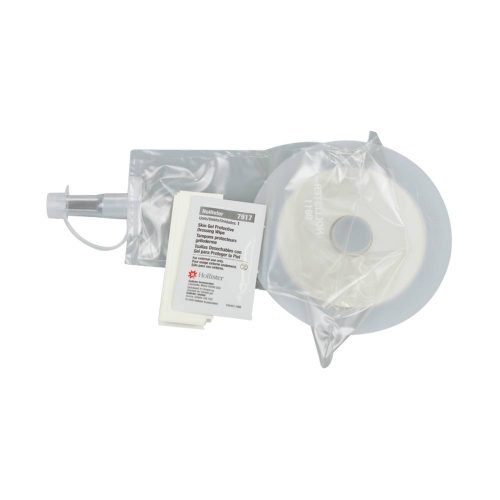 Hollister
HollisterHollister Male Urinary Pouch External Collection Device
Starting at: $8.99 Select options This product has multiple variants. The options may be chosen on the product page -
Sale!
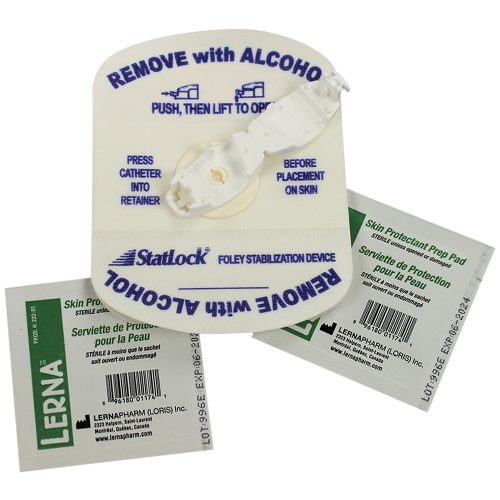 C.R. Bard
C.R. BardSTATLOCK Adult Foley Stabilization Device
Starting at: $5.59 Select options This product has multiple variants. The options may be chosen on the product page -
Sale!
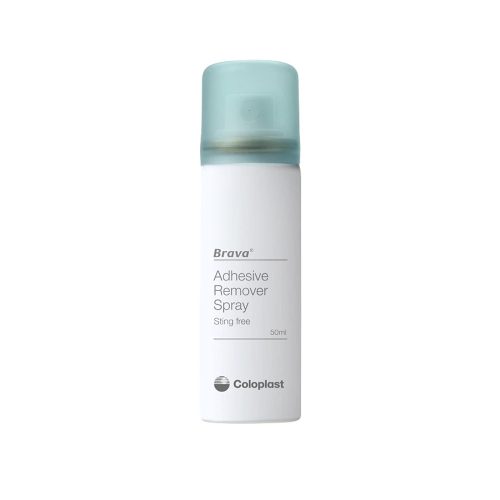 Coloplast
ColoplastBrava Adhesive Remover Spray – Sting Free
Starting at: $14.99 Select options This product has multiple variants. The options may be chosen on the product page -
Sale!
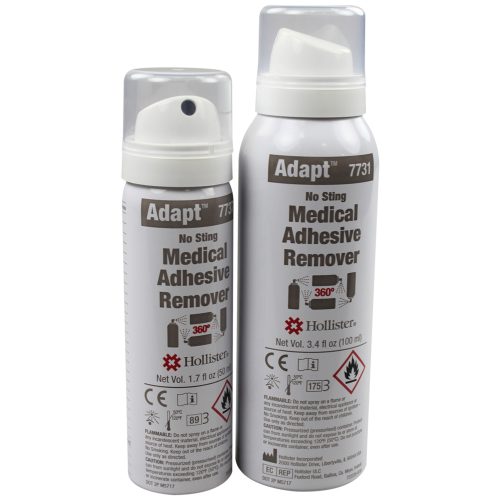 Hollister
HollisterAdapt No Sting Medical Adhesive Remover Spray
Starting at: $12.79 Select options This product has multiple variants. The options may be chosen on the product page -
Sale!
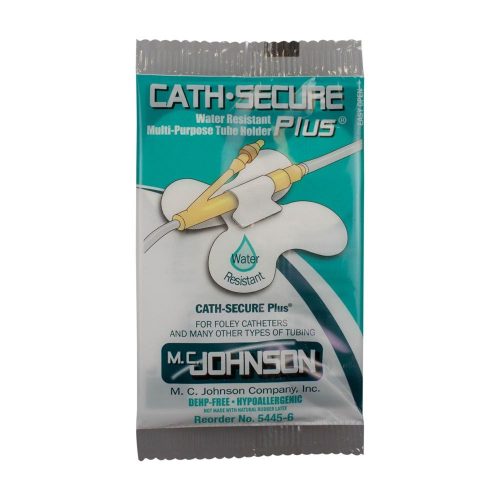 M.C. Johnson
M.C. JohnsonCATH-SECURE PLUS Water-Resistant Breathable Tube Holder
Starting at: $2.79 Select options This product has multiple variants. The options may be chosen on the product page -
Sale!
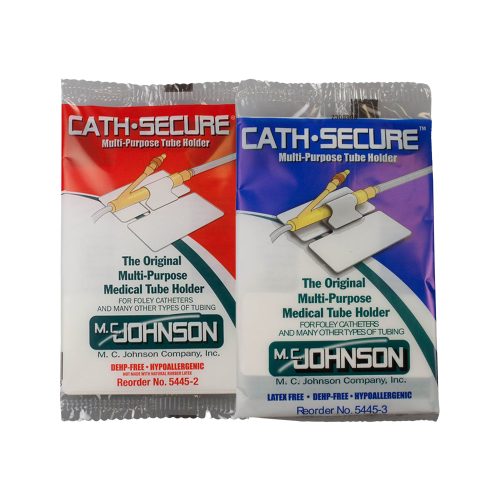 M.C. Johnson
M.C. JohnsonCATH-SECURE Multi-Purpose Tube Holder
Starting at: $2.39 Select options This product has multiple variants. The options may be chosen on the product page -
Sale!
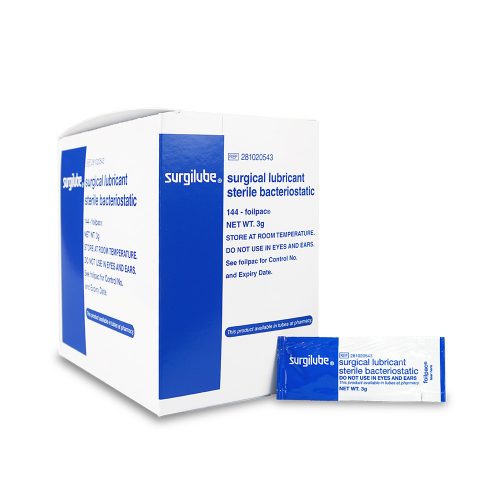 HR HealthCare
HR HealthCareSurgilube Surgical Lubricant Foilpac Sterile
Starting at: $0.29 Select options This product has multiple variants. The options may be chosen on the product page -
Sale!
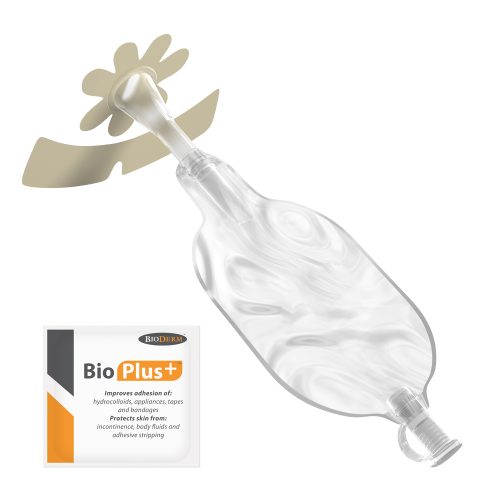 Bravida Medical
Bravida MedicalMen’s Liberty Specialty External Catheter
Starting at: $14.39 Select options This product has multiple variants. The options may be chosen on the product page -
Sale!
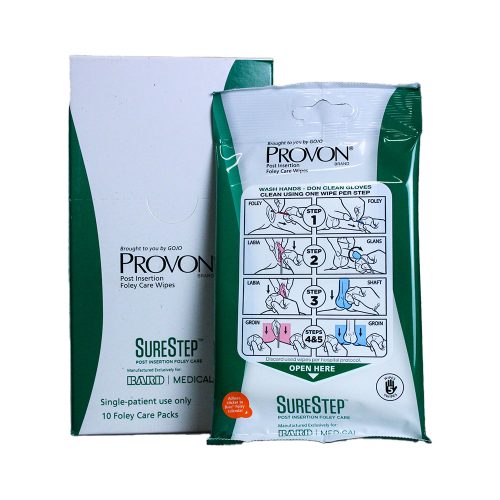 C.R. Bard
C.R. BardProvon SURESTEP Post Insertion Foley Care Wipes
Starting at: $3.99 Select options This product has multiple variants. The options may be chosen on the product page -
Sale!
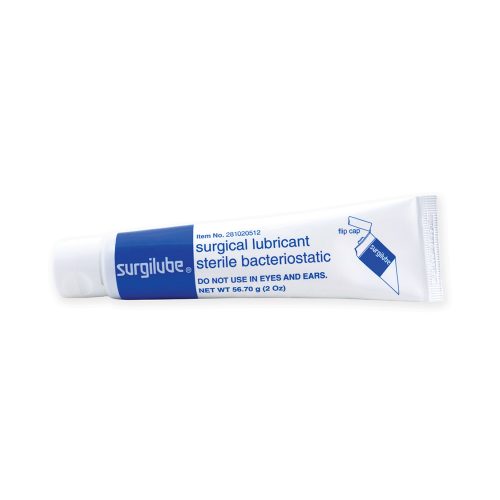 HR HealthCare
HR HealthCareSurgilube Surgical Lubricant Flip-Top Tube
Starting at: $2.69 Select options This product has multiple variants. The options may be chosen on the product page -
Sale!
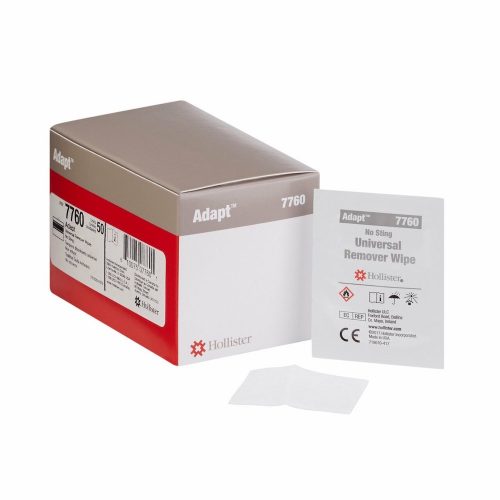 Hollister
HollisterAdapt No Sting Adhesive Remover Wipes
Starting at: $13.49 Select options This product has multiple variants. The options may be chosen on the product page -
Sale!
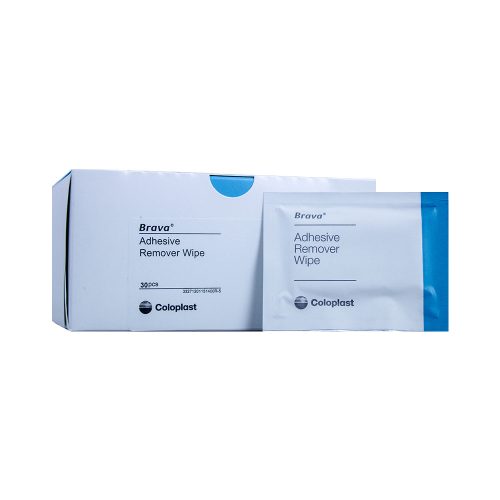 Coloplast
ColoplastBrava Adhesive Remover Wipes – Sting Free
Starting at: $15.69 Select options This product has multiple variants. The options may be chosen on the product page -
Sale!
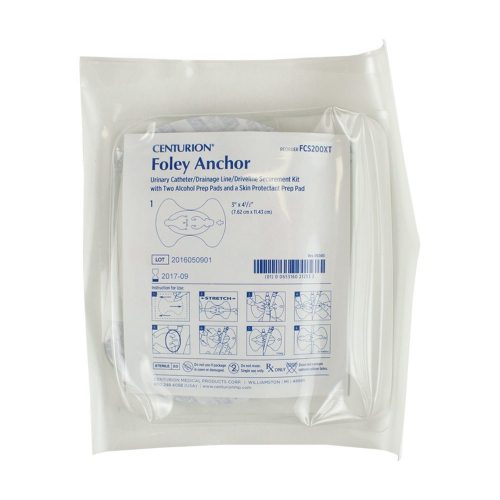 Centurion Medical Products
Centurion Medical ProductsCenturion LVAD Driveline Securement Device (Foley Anchor)
Starting at: $6.49 Select options This product has multiple variants. The options may be chosen on the product page -
Sale!
 HR HealthCare
HR HealthCareSurgilube Surgical Lubricant Screw Cap Metal Tube
Starting at: $3.79 Select options This product has multiple variants. The options may be chosen on the product page -
Sale!
 Angelini Pharma
Angelini PharmaAlcavis 50 High Level Disinfectant
Starting at: $12.99 Select options This product has multiple variants. The options may be chosen on the product page -
Sale!
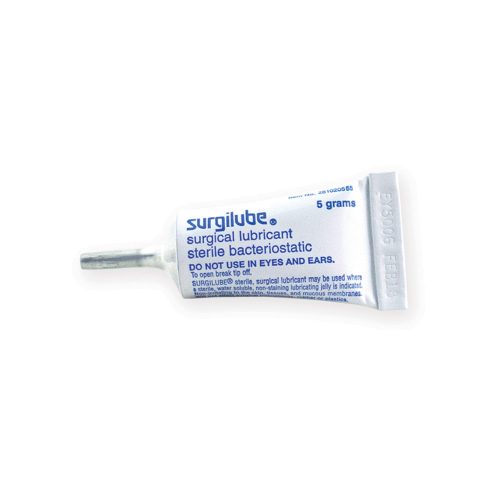 HR HealthCare
HR HealthCareSurgilube Surgical Lubricant Snap-Off Metal Tube
Starting at: $71.29 Select options This product has multiple variants. The options may be chosen on the product page
Securing and Stabilizing a Catheter
Many temporarily or permanently living with a catheter opt to use a leg bag. In this arrangement, the system’s bag is strapped to the leg and discretely hidden under your clothing, allowing you to move about your day.
However a system is secured, stabilization further plays a factor. If the catheter isn’t properly stabilized, you risk potential removal, which could inflame the surrounding tissues and damage the urethra and bladder.
Further understand that if the drainage bag becomes full and isn’t correctly supported, the bag may drop down, taking the catheter with it. For the patient, this movement is not only uncomfortable, but it further irritates the surrounding area.
In turn, after a catheter is inserted, the system needs to be properly secured and stabilized to prevent these occurrences. Multiple methods may be employed:
- Taping: The drainage tube is taped to the thigh or abdomen.
- Catheter straps: This system involves an elastic or Velcro strap that wraps around the wearer’s thigh to secure and stabilize the catheter. Compared to other methods, straps are less likely to cause irritation. However, straps have a tendency to loosen and may constrict the catheter and surrounding blood vessels if secured too tightly.
- Adhesive: This reusable adhesive anchor backing can be attached to the thigh or lower abdomen.
Adjusting to a catheter can be difficult. However, a variety of products are available to make the experience easier and more comfortable. From lubricating the insertion tube to making sure the catheter tube stays stationary to avoiding leaks and eliminating odors, catheter accessories help keep your dignity intact.
Catheter Securement
Whether you use a Foley indwelling catheter, an intermittent catheter or an external catheter, you’ll need to secure the drainage tube to your body. This reduces bladder spasms and discomfort caused by the catheter moving as well as limiting the risk of leakage. Adhesive stabilization devices specifically designed to secure catheter drainage tubes are available in a variety of sizes and styles that are generally water-resistant and durable for up to seven days. Hypoallergenic and latex-free options may reduce occurrences of skin irritation.
If you’re wearing a leg bag, it should also be secured to your thigh below the level of your bladder to facilitate drainage. Strap options include elastic, hook-and-eye closure and tape.
Please note: Self-administering a Foley catheter must first be approved by a doctor.
Adapters, Guides and Plugs
The drainage bag may be disconnected from the catheter for various reasons. Changing the collection bag or emptying your bladder into a toilet are some occasions when the bag may be disconnected. At that point, the catheter must be plugged or capped to avoid leakage. Plugs and caps are often available as sets, and catheter sheath valves are an option for flushing urethral catheters and as an alternative for needing to clamp a suprapubic catheter.
Other Catheter Accessories
In addition to the catheters themselves, stabilization aids and drainage bags, there are other accessories available to make a catheter experience better. Lubricants and catheter followers can make insertion easier for both the patient and the caregiver. Incontinence clamps help men control dribbling and leakage when they cough or strain, also known as stress incontinence. If odor is a concern, a variety of scented and unscented deodorizing sprays are available as well as cleaners for reusable catheter appliances.